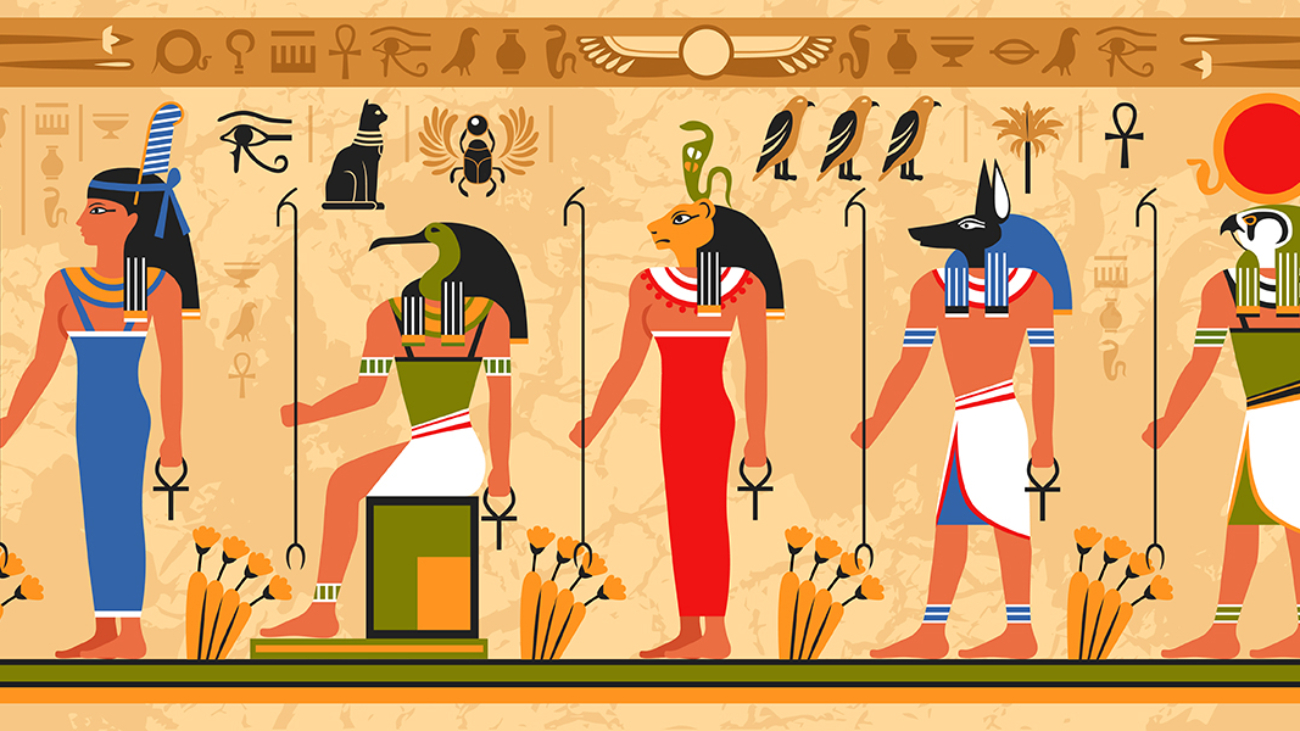Introduction
John Wilmot wrote in asking an intriguing movie-related question. He writes “In the movie StarGate, James Spader is able to speak ancient Egyptian and be understood by a supposed ‘native speaker’. From what I understand, no one could even interpret hieroglyphics before the French found the Rosetta Stone. How is it now possible to speak a ‘dead’ language?” like ancient Egyptian, a language which is no longer spoken?”
If no one speaks the language, how can you learn to speak it? You need a certain amount of information about that language to work with, of course. Let’s look at the example of ancient Egyptian. All we have to go by are the ancient writings. If hieroglyphics, the type of ancient Egyptian writing most people are familiar with, were our only clue, there’d be a problem: we’d have no frame of reference in which to place the symbols. We might guess that the symbols represent sounds, but we’d have no way of knowing what those sounds were. Fortunately, we can learn more about hieroglyphics by studying other forms of Egyptian writing. The easiest to interpret is Coptic, which is related to ancient Greek, a language we are very familiar with. Since the sounds that make up Coptic words haven’t changed over time, we therefore know what Coptic sounds like. After learning Coptic, scholars were able to figure out an earlier type of Egyptian language, demotic, which in turn evolved from yet another language, hieratic, which is directly related to hieroglypics. This is where the Rosetta Stone came in handy. Our knowledge of Coptic, therefore, gives us a frame of reference in which to understand the sounds of those particular languages as well. We’re well on our way to understanding what a dead language, ancient Egyptian, might sound like, thanks to our initial knowledge of the sounds that make up Coptic. By understanding the Coptic script we now have a working understanding of two more, demotic and hieratic. The hieratic script actually developed as a way to get around the tedious and time-consuming drawing of hieroglyphics (it’s what hieroglyphics would look like if you drew them really quickly), so you can then take that knowledge of hieratic and apply it to hieroglyphics, allowing you to understand the sounds that make up the pictorial representations. To learn more about the history, development, and characteristics of hieroglyphics, click here.
How Could James Spader Speak Ancient Egyptian?
The problem with hieroglyphics is that they didn’t necessarily keep up with the way the sounds of the words (as spoken) naturally evolved. This is because of the way the hieroglyphs were taught in ancient Egypt. A student, when encountering a hieroglyph for the first time, would learn the symbol by rote, without focusing on the individual elements that make up the symbol (a hieroglyph could have many components, each representing a specific sound). The way the word was spoken might naturally change over time (for example, “wilt thou” evolved into “will you”) but it would still be learned using the old symbol. As the spoken word evolved, therefore, so should have the hieroglyph, but this wasn’t necessarily the case; it would still represent the original pronunciation.
That would mean that James Spader, who portrays Egyptologist Daniel Jackson in the film, probably wouldn’t be able to get the sounds of the words exactly right. The implication that he does is Hollywood wishful thinking. He would probably be able to speak a version that would be understood by a native speaker, but would sound, to the native’s ears, very odd (like someone from England in the Middle Ages would sound to us). As well, he would have to make some assumptions about the tonal qualities and inflections used in the language (there’s no punctuation in ancient Egyptian writing). Spader might be close, but the only way to he could speak the language fluently is for him to learn from a native speaker, and that’s a little difficult, even in the movies. They don’t call it a “dead language” for nothing!
